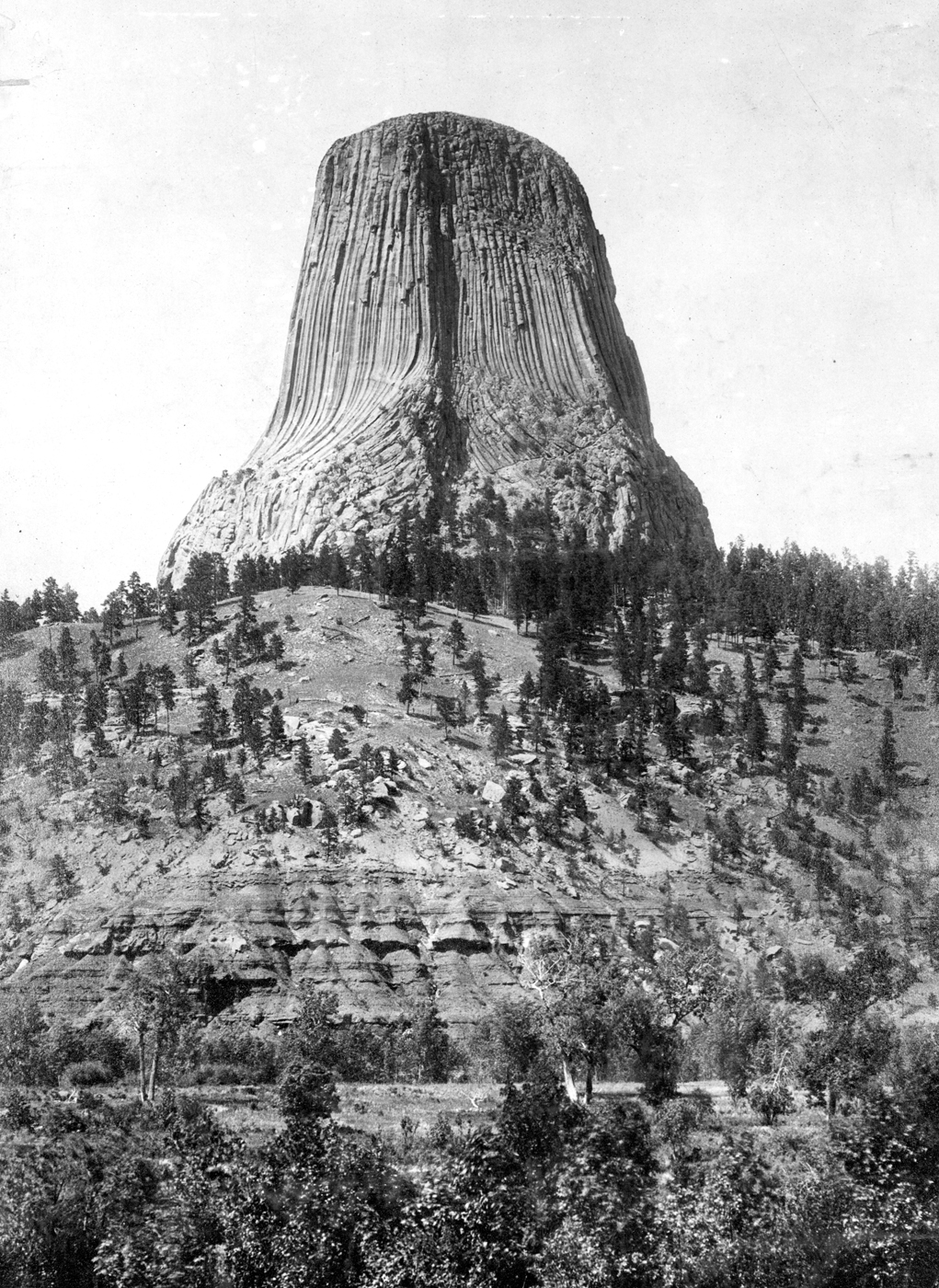The standard textbook position on geology and gravity is that Earth is a fixed size planet and that gravity has been unchanged since the time of its creation. Nothing has changed. The world as we know it today is as it has always been, give or take a few centigrades in temperature and a few extra oxygen and carbon-dioxide molecules in the atmosphere.
However, this position flies in the face of two observations. One being the curious fact that all continents fit together to form a smaller sphere if oceans are removed. From geological dating and observations of the structure of sea-floors, it is clear that oceans are relatively new compared to the continental crusts.
Visible evidence supports the idea that our planet is growing.
Secondly, the enormous size of the dinosaurs strongly suggest that gravity was less strong in their time.
These two observations have lead to the conclusion by some that
Earth has increased in volume and that gravity has increased as a consequence.
All proponents of the expanding Earth model believe that gravity has increased as a consequence of expansion, and that the size of the dinosaurs can thus be explained. However, an expanding planet would, according to Newton's model of gravity, result in lower surface gravity. Unless enormous amount of matter were added to our planet every year, surface gravity would be falling.
Without any mechanism to explain the required accumulation of dense matter inside our planet, the expanding Earth model rests on shaky ground. Even with considerable amount of visible evidence on its side, people hesitate to embrace the expanding Earth model due to a lack of explanation as to how expansion results in greater surface gravity.
To save the expanding Earth model we have to explain how dense matter can accumulate inside our planet, or we have to abandon Newton's presumption about gravity being a force where mass pulls on mass.
The only alternative to Newton's model is that gravity is charge that pulls on mass, and if we use this model, then we do in fact get a viable explanation for the increased surface gravity. As our planet has expanded, its capacitance has increased. The added capacitance has in turn resulted in a more charged planet, and hence a stronger gravitational field.
Such a
capacitor model of gravity requires no added matter. All that it requires is that our planet has grown in size. A hollow gas-filled core can make up for the extra volume.
Using a capacitor model of gravity, all the observed evidence makes sense. There is no longer any need for a mysterious mechanism in which dense matter accumulates inside our planet.
However, some people remain skeptical to the expanding Earth model even though it is fully explained using an electrical model of gravity. They are unimpressed by the enormous amount of visible evidence, and they keep insisting that expansion cannot be happening.
Most of the people who remain skeptical to the expanding Earth model, remain so because they refuse to abandon Newton's model of gravity in which mass attracts mass. This is understandable in as far as it is true that Newton's model is incompatible with the idea of an expanding Earth. Some people are apparently so attached to Newton's interpretation that they simply refuse to abandon it even in the face of overwhelming evidence against it.
What is harder to understand is the rather large community of people who believe that gravity is an electrical force and that it has increased over time, yet still refuse to believe that Earth is expanding.
If gravity is an electrical force that has increased over time, then it must be because Earth is somehow more electrical today than it was back in the time of the dinosaurs. Earth must hold more charge, or be more electrical active in some way. But does this not require a change to its geometry? For a spherical capacitor to hold more charge, it has to expand. For a spherical shape to conduct more electricity, it must likewise change its geometry.
The idea that gravity is electrical, yet not requiring a change in geometry in order to change is very strange. It presumes that a planet is somehow underutilized, that it has unused capacitance or conductivity. But that's hardly credible in a universe awash with electricity. Our planet is directly connected to the Sun through the auroras. How can it avoid being fully charged at all times?
The most credible explanation for electric gravity changing over time is that planets are fully charged at all times and that the increase in charge is due to extra capacitance resulting from a change in geometry. An expanding sphere is precisely what is required to explain an increase in electric gravity.
The overwhelming amount of visual evidence in support of the expanding Earth model is indirect proof that the electrical model of gravity is correct. Why then the hostility against the expanding Earth model from so many Electric Universe advocates?
























